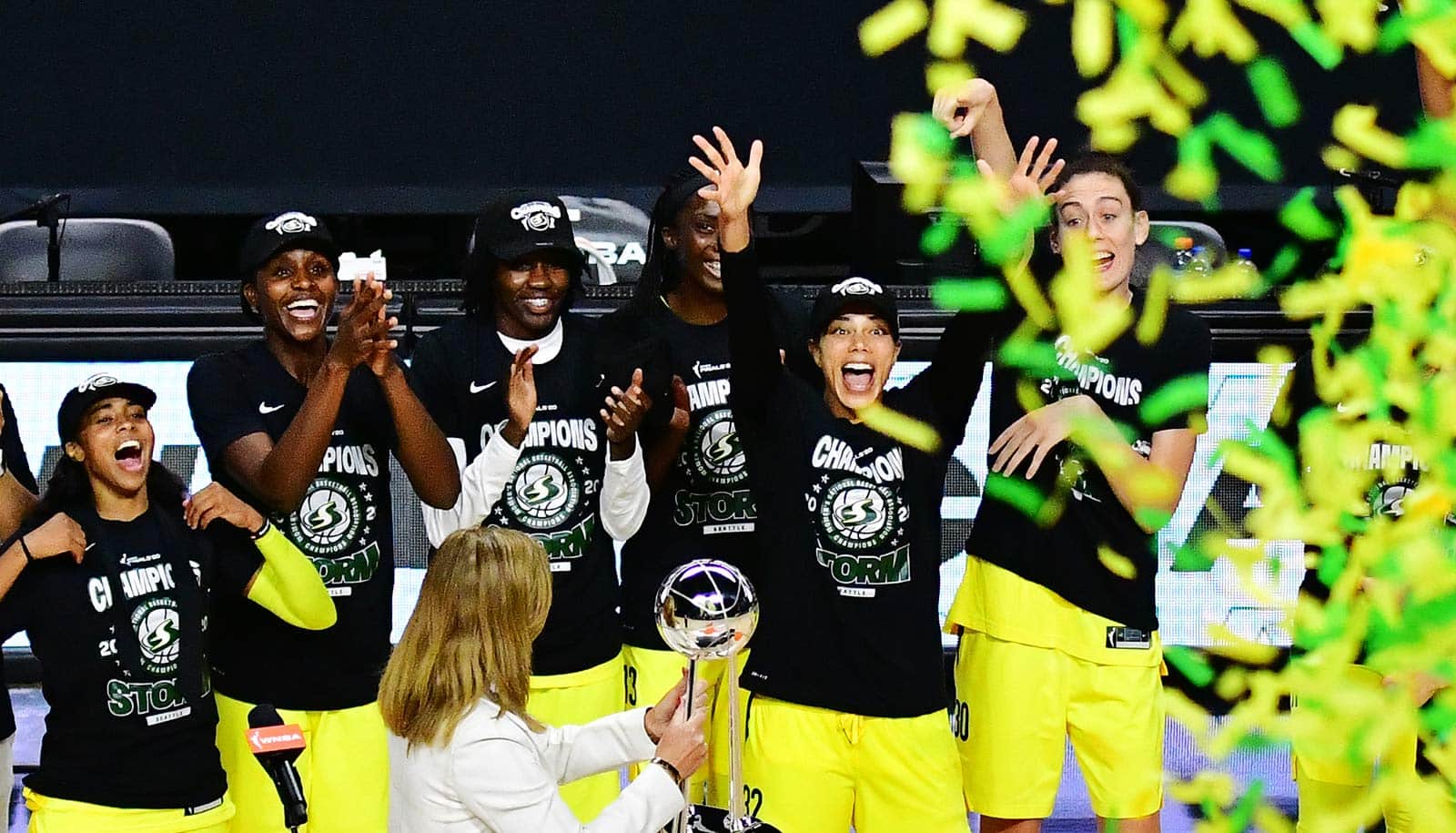Viewers rate men’s soccer significantly higher than women’s, but only if the players’ gender is clear to see. If not, women’s soccer is rated the same.
As the Women’s World Cup is set to begin in mid-July, women’s soccer is booming and breaking records in fan interest, attendance, and revenue. And yet, women’s soccer lags behind men’s in terms of coverage, investment, and revenue.
“Many people assume that men’s sports are simply better than women’s sports because men tend to be taller, stronger, and faster,” says Carlos Gomez, a researcher at the business administration department at the University of Zurich and author of the study published in Sport Management Review.
“However, the existence of stereotypes should alert us to another possibility: what if perceived quality is filtered through gender stereotypes?”
In sports, as well as in other male-dominated occupations, the skills of female athletes are closely scrutinized, and women are routinely faced with criticisms of their talent and toughness. While sexist comments claiming that women’s sports is boring, slow, and unattractive have become less widespread and accepted than in the past, they do still exist.
Researchers investigated whether people rate the quality of women’s and men’s soccer differently if the players’ gender can’t be identified. For the experiment, they showed 613 participants videos of professional women’s and men’s soccer players scoring goals, including Alex Morgan and Luka Modrić.
In one group, the gender of the players was blurred, making it impossible for a viewer to know if they were watching men or women. In the control group, the videos were unmodified. The participants watched five videos of male players and female players each and then rated the players’ performance on a five-point scale.
The results show that the videos showing men were rated significantly higher only when participants were able to tell the players’ gender. However, when the videos were blurred and the players’ gender unrecognizable, participants’ ratings didn’t differ significantly between men’s and women’s videos.
“Our results refute the assumption that low demand for women’s professional soccer is based on the quality of the female players’ performances,” Gomez says.
The study suggests that women’s soccer and probably other women’s team sports haven’t yet reached their full economic potential. While anticipation for the Women’s World Cup is growing, the study could make an important contribution to shedding new light on discussions about the quality of women’s soccer.
Source: University of Zurich


